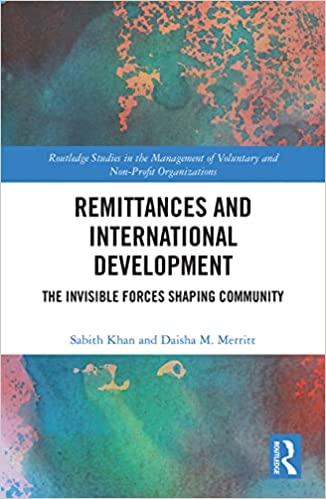Question
1. A project has the following estimated data: price = $53 per unit; variable costs = $19.61 per unit; fixed costs = $5,200; required return
1.
| A project has the following estimated data: price = $53 per unit; variable costs = $19.61 per unit; fixed costs = $5,200; required return = 11 percent; initial investment = $12,000; life = six years. Ignore the effect of taxes. |
| Required: |
| (a) | What is the accounting break-even quantity? (Do not round your intermediate calculations.) |
| (Click to select)216 205 238 156 259 |
| (b) | What is the cash break-even quantity? (Do not round your intermediate calculations.) |
| (Click to select)148 216 156 125 140 |
| (c) | What is the financial break-even quantity? (Do not round your intermediate calculations.) |
| (Click to select)217 193 265 289 241 |
| (d) | What is the degree of operating leverage at the financial break-even level of output? (Do not round your intermediate calculations.) |
| (Click to select)1.0818 1.3137 2.0091 2.8332 1.7773 |
2.
| At an output level of 48,000 units, you calculate that the degree of operating leverage is 1.60. If output rises to 73,920 units, what will the percentage change in operating cash flow be? (Do not round your intermediate calculations.) |
rev: 09_18_2012
86.40%
56.10%
90.72%
88.99%
82.08%
3.
| The contribution margin per unit is equal to the: |
| Sales price per unit minus the total costs per unit. |
| Variable cost per unit minus the fixed cost per unit. |
| Sales price per unit minus the variable cost per unit. |
| Pretax profit per unit. |
| Aftertax profit per unit.
5.
|
Step by Step Solution
There are 3 Steps involved in it
Step: 1

Get Instant Access to Expert-Tailored Solutions
See step-by-step solutions with expert insights and AI powered tools for academic success
Step: 2

Step: 3

Ace Your Homework with AI
Get the answers you need in no time with our AI-driven, step-by-step assistance
Get Started


